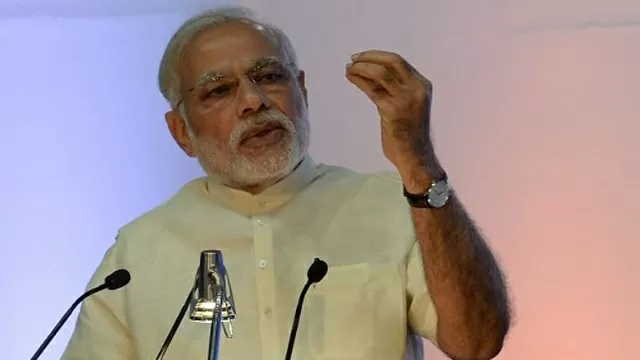Modi Government on OPS: The demand for the implementation of the Old Pension Scheme is going on fast on behalf of the central employees and those working under the state government.
Some state governments have also implemented the old pension for the employees despite the warning of the Center. Not only this, seeing the elections in some states, the opposition parties have announced to implement the old pension on coming to power. However, the Central Government is repeatedly refusing to implement it by citing rules. Prime Minister Modi himself had given a statement on this in the Parliament last days.
Trying to find a middle way
Now amidst the growing demand for old pension, the Central and some state governments are trying to find a way between the Old Pension Scheme (OPS) and the National Pension Scheme (NPS). Sources claim that the central government is trying to find a middle ground between OPS and NPS. According to sources, the first option being considered by the government is to offer guaranteed pension to government employees at about 50% of the last pay drawn under NPS.
There will not be much burden on the exchequer, if this rule applies, then changes can be made in the existing NPS without putting much burden on the exchequer. While the old pension scheme is given on the basis of pre-decided benefits. NPS is given to the employee on the basis of contribution received from the employee.
What is NPS
The currently ongoing New Pension Scheme (NPS) is a retirement plan. In this, the beneficiaries will be able to withdraw 60% of the invested amount after retirement. This money is tax free in any way. Remaining 40% amount needs to be invested in annuity to get monthly pension. That is, after retirement, 60% is to be invested in lump sum amount and 40% is to be invested to get monthly pension. This scheme was introduced by the government in the year 2004.
Officials expect that there may be a change in NPS in such a way that after retirement, any employee will get 41.7% of the amount as a lump sum and the remaining 58.3% on the basis of annualization. An analysis has also shown that if the 58.3% corpus made up of Central/State Government contribution (14%) is annuitised, the pension in NPS can be around 50% of the last drawn salary.














